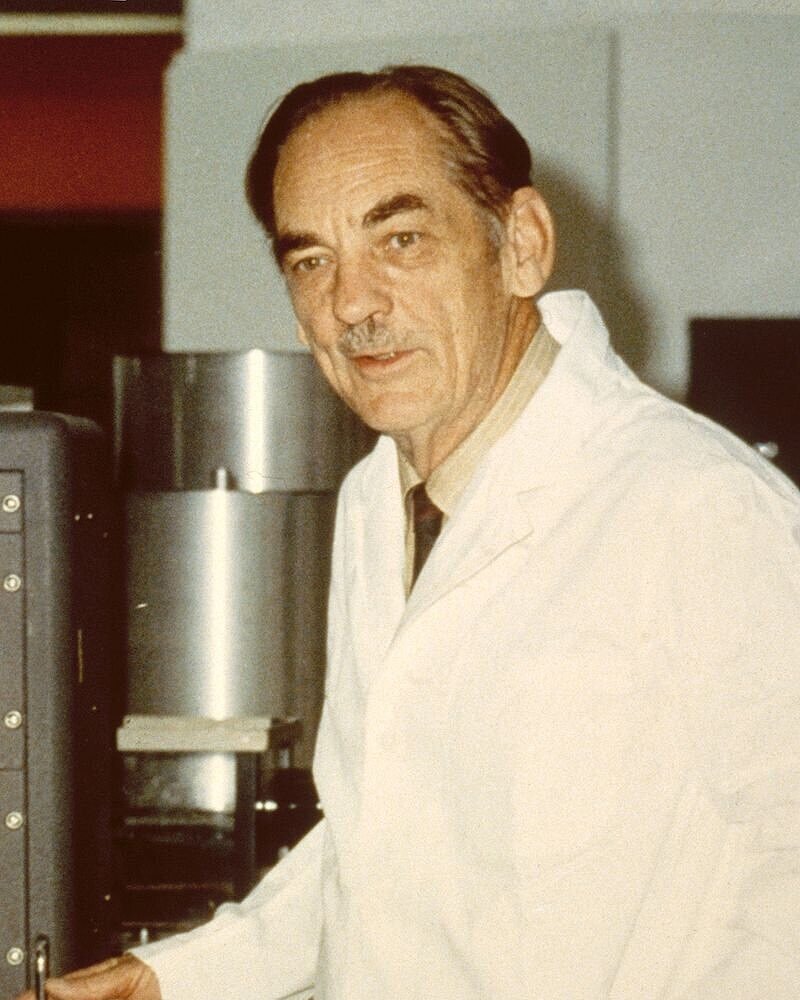Paul Rudolph’s overall design drawing for the Boston Government Service Center. A significant portion of the complex—the Hurley Building at left—is still under threat of full or partial demolition—but we’ve heard that the state agency that’s seeking to develop the site may be open to including preservation as a central tenet of the project. You can help reinforce that direction at the upcoming Public Meeting on November 19th.
One of the earlier reports, commissioned by DCAMM (the state agency planning to move ahead with development of the site—including possibly demolishing all or part of the Hurley Building.). We examined the various options they were considering, presented in that report, in an article here.
On of the strategies of those who want to demolish all or part of the Boston Government Service Center’s Hurley Building is to spread the idea that Rudolph was not the prime designer of the complex (including Hurley)—a myth we’ve addressed here.
Shown above is a model of the complex, with the Hurley Building closest to the front-left of the picture (the model also includes the unbuilt office tower.) In the background can be seen architectural drawings of the complex: an elevation and numerous floor plans. Around the model are key players in the creation of the Boston Government Service Center: (left-to-right) Nathaniel Becker, Dick Thissen, Charles Gibbons, Joseph P. Richardson, Edward Logue, Jeremiah Sundell, Unidentified (George Berlow or William Pedersen?)—and Paul Rudolph at far right.
THE SITUATION:
The BOSTON GOVERNMENT SERVICE CENTER—one of Paul Rudolph’s largest and most multifaceted public buidings—remains threatened.
The state has proposed developing the site—and a key part of their plan is handing-off an integral part of the complex—the HURLEY BUILDING—to a developer. There have been various reports and meetings to present the state’s plans—and they’ve received a lot of push-back.
We’ve published several articles on the building, including ones examining and questioning this development project (like this one, which looked at the alternatives the state’s been considering.) Several critical letters, statements, and reports—protesting the assumption that demolition is the only path to a positive future for this complex—have been issued, including from the Boston Preservation Alliance and Docomomo-New England.
Even so, the state’s “messaging” about the project (while offering some useful information and ideas) also persists in trying to divorce Paul Rudolph from design responsibility for the building—thus attempting to undermine the Hurley Building’s architectural significance (and we’ve addressed that myth here.)
A POSITIVE DEVELOPMENT?
Now the project will be opened to additional public feedback at a November public meeting.
That’s important because: the state agency that’s planning on developing the site (DCAMM: the Division of Capital Asset Management and Maintenance) seems to have become receptive to including preservation as a central tenet of the project. Their recent statements about the Hurley development indicate they are going in this positive direction—and it would be good to reinforce this in the upcoming public meeting. So you’re invited to attend and speak out about preserving the integrity of this Rudolph design.
MEETING ALERT:
Soon— Thursday, November 19th, at 6:30PM —there will be a VIRTUAL [Zoom] PUBLIC MEETING about the project.
DCAMM says that:
Attendees will learn about the state’s goals for the redevelopment, and how they’ll work to ensure getting a “redevelopment partner” that will help to achieve those goals
Staff will present draft Design Guidelines for the redevelopment
Staff will ask for your feedback
You are invited to attend (and attendance is Free)
TAKE ACTION:
Attend the Public ZOOM meeting on Thursday, November 19th, 6:30 PM—and speak out: Important information will be shared and your presence will show support for the preservation of this important work of public architecture. Full meeting info is below—but you must RSVP (see link below.)
Sign the petition: “Save the Boston Government Service Center” — sign it HERE - and share it with your friends and all who appreciate great architecture.
A corner view of the Hurley Building (with a portion of the body of the building in the background at right)—an integral part of of the Boston Government Service Center designed by Paul Rudolph. Public input is invited at November 19th’s ZOOM meeting—and you’re urged to attend and comment (see registration info below).
HOW TO ATTEND THE MEETING:
NAME OF EVENT: Charles F. Hurley Building Redevelopment
DATE & TIME: Thursday, November 19, 2020 — 6:30 PM
FORMAT: Virtual (“ZOOM”) Public Meeting
TO ATTEND: the meeting is Free and Open-To-The-Public—but you must RSVP (see below)
RSVP HERE: https://us02web.zoom.us/meeting/register/tZckduCqpj4oE9cIeuXZcbcV34qntuuqoSyV
SPONSORED BY: Massachusetts’ Division of Capital Asset Management and Maintenance (DCAMM)
ZOOM REGISTRATION ASSISTANCE: If you need assistance accessing the ZOOM registration link, please email apoggenburg@reginavilla.com -or- call (617) 357-5772 x 26 by no later than Friday, November 13th
DCAMM WEBSITE [Note: this is the government’s current info page on the project]: https://www.mass.gov/service-details/charles-f-hurley-building-redevelopment
QUESTIONS OR COMMENTS TO DCAMM ABOUT THIS PROJECT: e-mail them to: HurleyReDev.dcamm@mass.gov.
The artist’s impression of the Great Seal of the United States—a section of one of Constantino Nivola’s impressive and inspiring murals within the Boston Government Service Center’s Hurley Building. These murals cannot be moved—adding to the urgency that the Hurley building be preserved.
PHOTO CREDITS:
Paul Rudolph Drawing of Overall Design of the Boston Government Service Center: © The estate of Paul Rudolph, The Paul Rudolph Heritage Foundation; Key players in the creation of the Boston Government Service Center: news photo, source unknown; Corner View of the Hurley Building: Image courtesy of the Massachusetts Institute of Technology, photograph by G. E. Kidder Smith; Nivola Mural Eagle: Photo by Kelvin Dickinson © The Paul Rudolph Heritage Foundation




























































































































































